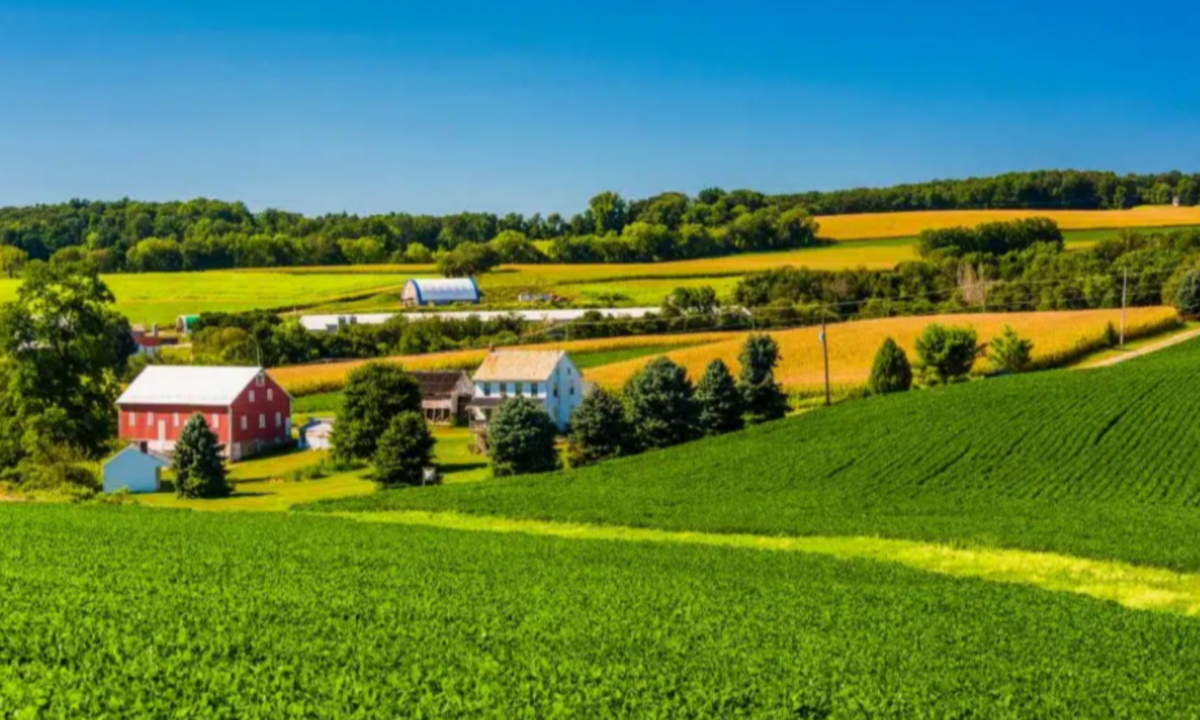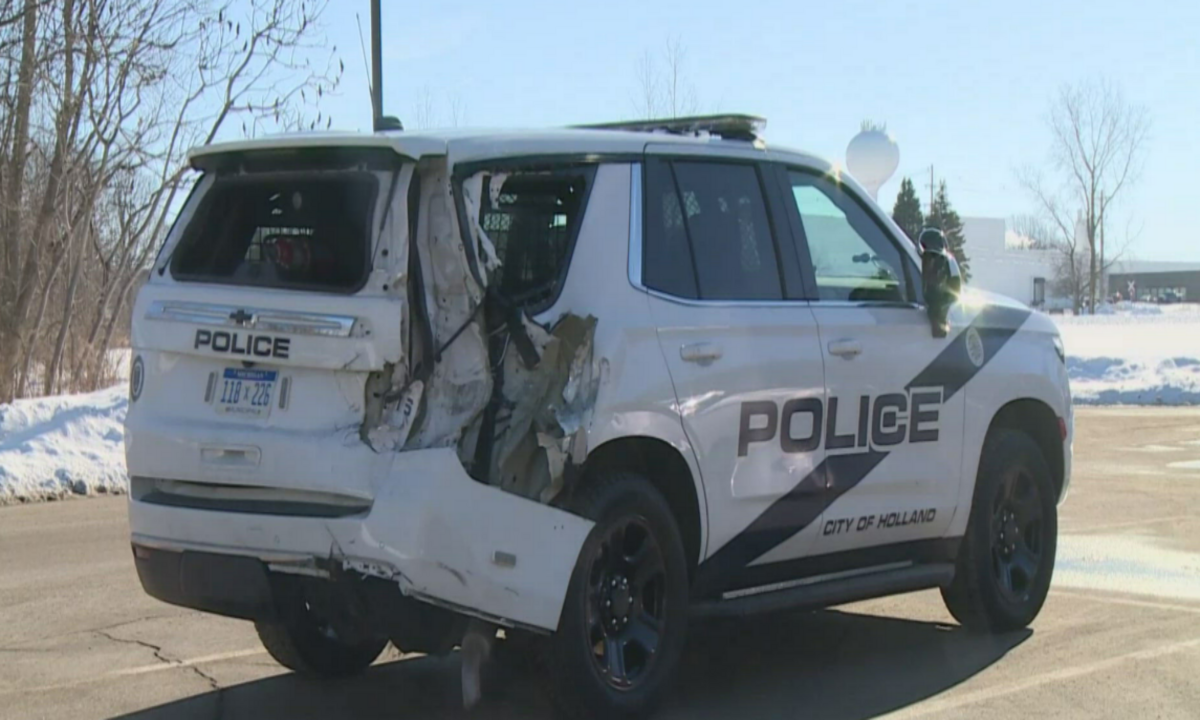The Philadelphia region has played a significant role in Pennsylvania’s population growth between 2019 and 2023, according to the latest U.S. census data. The state’s overall population has grown slowly, but the majority of this increase has been concentrated in the southeastern part of the state, particularly in the Philadelphia metro area.
This growth, though modest, carries important implications for the state’s future. As population growth slows, there are concerns about the effects on the workforce, economic development, and public services. The region’s growth patterns highlight the ongoing shift from rural to urban living, with some parts of the state continuing to see declines in their populations.
Philadelphia Area Population Growth
Between 2019 and 2023, Pennsylvania added nearly 200,000 new residents, reflecting a 1.5% increase over the previous five years. Of this, over half of the growth occurred in the Philadelphia metropolitan area. This urban shift highlights the ongoing trend of people moving to cities for job opportunities, better living conditions, and access to amenities and services.
Among the five counties that make up the Philadelphia region, Montgomery County experienced the most significant growth, with its population increasing by almost 5%. Following closely behind was Chester County, which saw a 4.6% rise in residents. These suburban areas continue to attract people seeking a balance of urban access and suburban living.
In contrast, the city of Philadelphia itself had the smallest increase, gaining only around 6,900 people, or about 0.4%. While the growth within the city remains relatively low, the surrounding counties have seen more substantial increases in population, contributing to the overall expansion of the region.
Rural Pennsylvania Faces Population Declines
While urban areas like Philadelphia and its suburbs are thriving, rural Pennsylvania is facing significant challenges. More than two dozen mostly rural counties in the state have experienced population declines in the same period. These declines have been attributed to factors like younger people moving to cities for better job prospects and fewer opportunities in rural areas.
This urban migration trend poses challenges for the state as it grapples with how to support both its growing metropolitan regions and its shrinking rural communities. The shift from rural to urban living is becoming more pronounced, and rural counties face the risk of losing even more population over time.
Pennsylvania’s Slow Growth and Future Projections
Looking ahead, Pennsylvania’s population is expected to grow only slightly by 2050, with an increase of just 1.6%, according to a report from the bipartisan legislative agency Center for Rural Pennsylvania. While the Philadelphia region is projected to see continued growth, rural areas are likely to experience further declines.
The projected rise in the population of urban areas, including Philadelphia, is significant, with an expected 14.7% increase by 2050. However, this growth is unlikely to be enough to offset the ongoing losses in rural areas, which may continue to face challenges like an aging population and fewer economic opportunities.
Aging Population and Changing Demographics
One of the key factors affecting Pennsylvania’s future growth is its aging population. The state has more senior citizens than children under the age of 20, a trend that reflects the broader demographic shifts occurring across the United States. This aging population puts additional strain on public resources and healthcare systems as more people age into retirement and need assistance.
At the same time, Pennsylvania is becoming more diverse, with an increasing number of non-white residents, especially due to international migration. This demographic shift will require the state to adapt its policies and services to meet the needs of a more diverse population.
The Impact of International Migration
International migration has been the primary driver of population growth in Pennsylvania in recent years. Many of the new residents are immigrants seeking better opportunities in urban areas like Philadelphia. This influx of new residents is helping to offset the population declines in some parts of the state and is contributing to the state’s growing diversity.
As Pennsylvania’s population continues to change, state leaders will need to focus on creating policies that address the needs of a diverse and aging population. Ensuring that all regions of the state, from urban to rural, can thrive in the coming decades will require careful planning and investment in resources.
Looking to the Future: What’s Next for Pennsylvania’s Growth?
As Pennsylvania’s population continues to grow, albeit slowly, it will be important for state leaders to address the challenges that come with an aging population and the shifting balance between urban and rural areas. With more people moving to the Philadelphia region, the state must find ways to support both the urban and rural communities while ensuring that resources are distributed fairly across the state.
By 2050, Pennsylvania will face significant changes, and the need for thoughtful policy decisions will only increase. From economic development to healthcare services, the state must be ready to meet the demands of its evolving population.
Disclaimer—Our team has checked this article to ensure its accuracy and eliminate any misinformation. We are committed to providing clear and reliable information for our readers.




